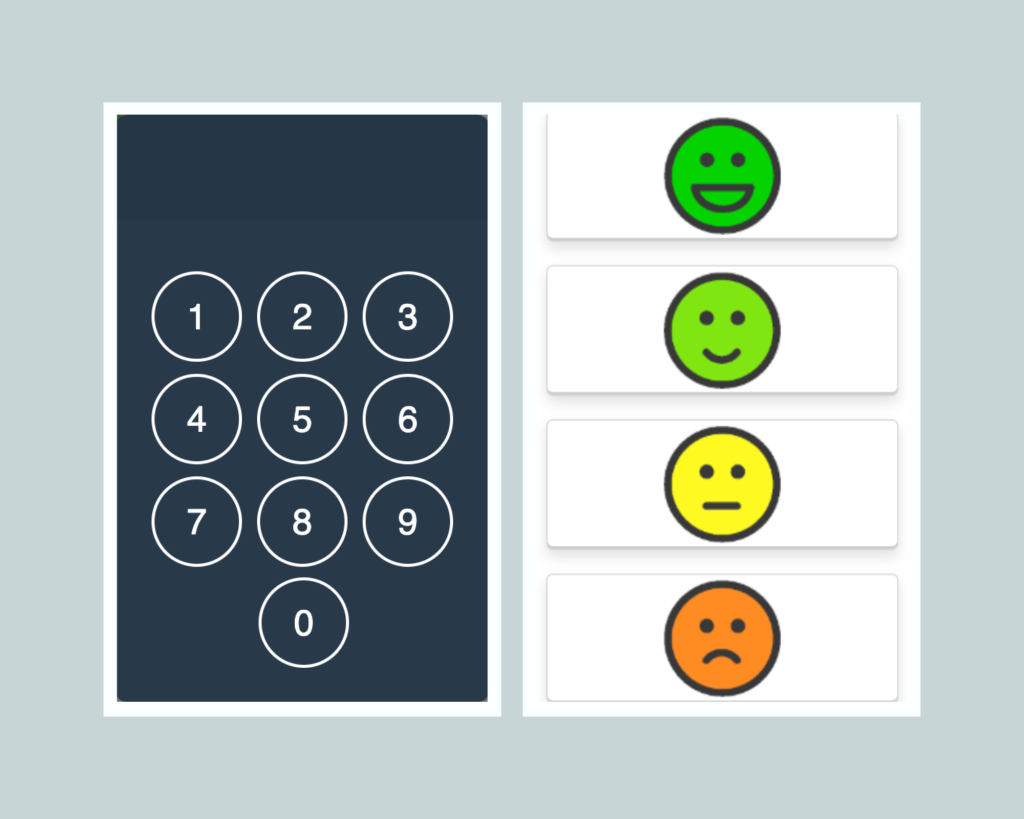Errors in primary care are inevitable, but they don’t have to undermine staff wellbeing or practice culture.
How mistakes/errors are handled in the workplace is linked to staff wellbeing.
Despite our “can-do” attitude, you can still feel miserable when you make a mistake. Like the wind has been knocked out of your sails.
This feeling can be even more painful when you face criticism, shame, or unwarranted scrutiny as a result.
The Consequences of a Blame Culture
This approach can make staff less open about mistakes, increase staff’s likelihood of experiencing burnout, and erode trust among staff who are supposed to be team members.
The way a practice handles errors, whether they are common or unusual errors, can significantly affect its reputation and may result in decreased staff engagement and retention.
Humanising Healthcare: Why Mistakes Happen
It’s easy to become overly focused on avoiding mistakes, but you must remember that we are human. While healthcare is fundamentally a science, its operations are inherently human. It involves people interacting, communicating, making plans, adhering to processes, and strategising for better outcomes each time. Why should we lose valuable individuals due to errors?
Common vs Unusual Errors
At this point, I think it’s pertinent to distinguish two types of errors: common and unusual errors.
Characteristics of Common and Unusual Errors
Common errors are predictable and tend to happen frequently, while unusual errors are rare and unexpected. We can further categorise these errors based on who is more likely to make them, particularly when roles overlap—specifically, administrative or clinical staff.
Common errors often arise from routine tasks conducted under pressure or when workloads are high. These typically involve mistakes of omission or oversight. In contrast, unusual errors usually result from significant lapses in judgment or rare situations, such as system failures or severe misidentifications.
Here are some examples to reflect on.
Shifting Focus to Collaboration
In the workplace we should avoid being critical of ourselves or others. Instead, prioritise collaboration as a means to improve and learn from our mistakes. Even unusual errors should be examined in a comprehensive way, with the aim of encouraging growth and preventing similar issues in the future, rather than just placing blame. However, there should be systems and processes already in place to avoid unusual errors, and these should be reviewed and shared regularly.
How to Create a Supportive Practice Culture
1. Implement a No-Blame Policy
To encourage your staff to openly discuss errors, implement a no-blame policy for reporting mistakes. A good way to assess whether this culture exists is to observe how quickly and sincerely mistakes are acknowledged. By emphasising that mistakes are valuable learning opportunities, staff should feel supported in reporting and correcting them.
2. Active Listening and Constructive Feedback
Partners, team leaders, and colleagues should actively listen to concerns, validating feelings and offering constructive feedback in the workplace.
3. Addressing Common Mistakes Indirectly
When a colleague makes a common mistake, address it indirectly. Most people are usually aware of their errors.
This approach also applies to your own mistakes, such as when you forget to provide a proper follow-up plan in a busy clinic. Use “and” instead of “but” in your statements. For example, instead of saying, “I didn’t provide a follow-up plan, but my colleagues eventually sorted the patient,” you can say, “I’m glad my colleagues eventually saw this patient, and this experience has highlighted the importance of using the scheduled task system to ensure proper follow-up for similar cases in the future.”
4. Balance Criticism with Recognition
Another culture-enhancing practice is to utilise any available opportunities to balance discussions about errors with recognition of achievements, reinforcing positive behaviours and team effort.
5. Staff Training and “Away Days”
Staff “away days” are a good place to showcase achievements and provide joint teaching sessions that can foster mutual career growth and understanding. You can create brainstorming sessions for potential predictable errors and use questions to come up with solutions. Questions like “Can we come up with different ways to solve this problem or error?” “What do you think of this …?”
Creating an Environment of Continuous Learning
6. Encourage Curiosity and Questions
Nurture a culture where people are free and encouraged to ask questions.
7. Safe Spaces for Discussion
Create safe spaces for staff to discuss near misses and errors, focusing on solutions rather than assigning fault.
8. Reward Creative Thinking
Invest in staff training to mitigate against errors and reward creative thinking and actions that take accountability quickly and sincerely.
Day-to-Day Practices for Staff Cohesion

9. Morning Huddles
Morning huddles provide an opportunity for a brief team meeting to align on priorities, highlight potential challenges, and encourage collaboration. It should remind everyone of the values of working together. Name a “go-to” admin/clinical lead for any issues that arise on the day.
10. Peer Support
Encourage staff to check in with one another during busy periods. A simple “How are you coping? Have you had your break?” can make a big difference.
11. Clarify Responsibilities
Make sure that each team member clearly understands their specific responsibilities. This will help reduce frustration and prevent misunderstandings.
12. Anonymous Feedback Systems
Set up a simple system where staff can anonymously suggest improvements or raise concerns, empowering everyone to contribute to positive change. Read more about our Joy in Work feedback tool here.

The Ripple Effect of Prioritising Well-Being
When practices prioritise learning from errors, supporting staff well-being, and fostering cohesion, the benefits will extend far beyond the internal team dynamics of the workplace. It will improve staff retention, improve patient care, and create a solid foundation for a thriving, resilient practice.



